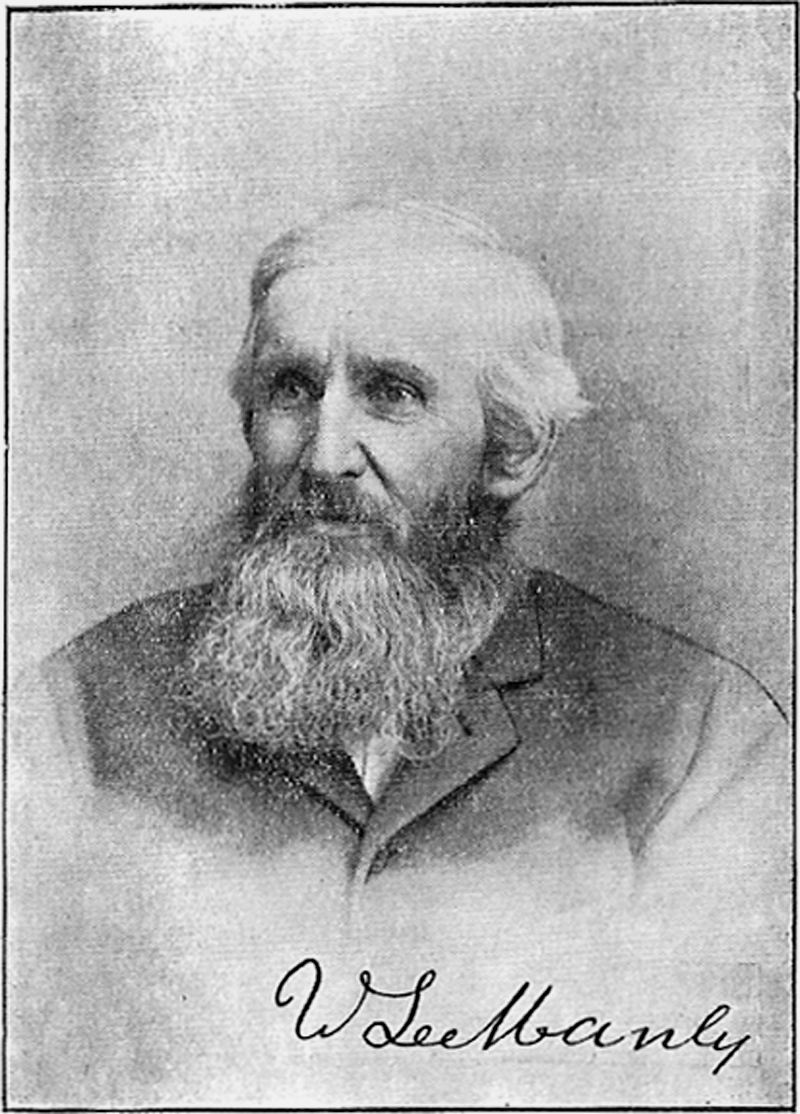|
|
HISTORY OF THE SANTA CLARITA VALLEY BY JERRY REYNOLDS
[NEXT] [PREVIOUS] [CONTENTS] [SEARCH]19. Paradise Found
A succession of military governors controlled the affairs of California for two years after the Capitulation of Cahuenga. One of these was John Charles Frémont. He was appointed by Commodore Robert Field Stockton and was promptly relieved by his own army superior, General Stephen Watts Kearny.
Not recognizing Kearny's right to fire him, Frémont continued in office anyway. Kearny put him in chains and had him court-martialed. President Polk pardoned Frémont, but as soon as he was restored to command, he resigned to become a U.S. Senator from California and later the first presidential candidate of the newly-formed Republican Party.
While all of this wrangling was going on, a carpenter named James W. Marshall was hammering away on a sawmill on the American River.
January 24, 1848 — just nine days before the Treaty of Guadalupe Hidalgo officially made California a territory of the United States — was a cold, dreary day at John Sutter's mill. But the nugget of gold James Marshall found would light the way for an avalanche of humanity pouring in from all over the world.
In March, 1849, Asabel Bennett formed a wagon train with the Arcan family and others. Totaling about twenty-five, they headed west from Wisconsin, bound for gold and glory.
The party followed Frémont's so-called "Pioneer's Bible" until they reached southern Utah, where they learned of a shortcut called the Williams Road. On October 7 the Jayhawker Party of fifteen wagons rumbled up alongside of them. Bennett tried to convince the interlopers to follow the new trail. Skeptical, the Jayhawkers made it safely to the San Bernardino Valley, while the Bennett-Arcan prairie schooners soon lay broken amid sand, alkali sinks and sterile hills. Only thirteen adults and seven children survived, huddling under the wrecks of their wagons and eating their emaciated oxen.

William Lewis Manly.On November 4, two young men from the Bennett-Arcan party — William Lewis Manly, twenty-nine, and John Rogers, twenty-two — set out for help with a canteen of water and some jerky. Their provisions soon ran dry. They drank the blood of ravens and dined on vultures, pack rats and anything else that came their way, until they stumbled at last into the fertile Santa Clara River Valley. Manly later wrote:
"There before us was a beautiful meadow of a thousand acres, green as a thick carpet of grass could make it, and shaded with oaks, wide-branching and symmetrical, equal to those of an old English park; while all over a herd of cattle numbering many hundreds, if not thousands ... were calmly laying down in happy rumination.
"Such a scene of abundance and rich plenty and comfort bursting thus upon our eyes, which for months had seen only the desolation of the desert, was like getting a glimpse of Paradise, and tears of joy ran down our faces."
Vaqueros of Rancho San Francisco brought the pair to the main house on January 1, 1850. There they were fed, clothed and sent back with supplies. Doña Jacoba pressed oranges into their hands as they left. "For the little ones," she said.
The Bennett-Arcan party was saved by two men who walked two hundred and fifty miles across the most hostile wilderness in North America. Standing at the crest of the ragged Telescope Mountains, the party looked back for a moment, and young Sara Bennett whispered, "Good-bye, Death Valley."
And so it is still known.
©1998 SANTA CLARITA VALLEY HISTORICAL SOCIETY · RIGHTS RESERVED.
The site owner makes no assertions as to ownership of any original copyrights to digitized images. However, these images are intended for Personal or Research use only. Any other kind of use, including but not limited to commercial or scholarly publication in any medium or format, public exhibition, or use online or in a web site, may be subject to additional restrictions including but not limited to the copyrights held by parties other than the site owner. USERS ARE SOLELY RESPONSIBLE for determining the existence of such rights and for obtaining any permissions and/or paying associated fees necessary for the proposed use.